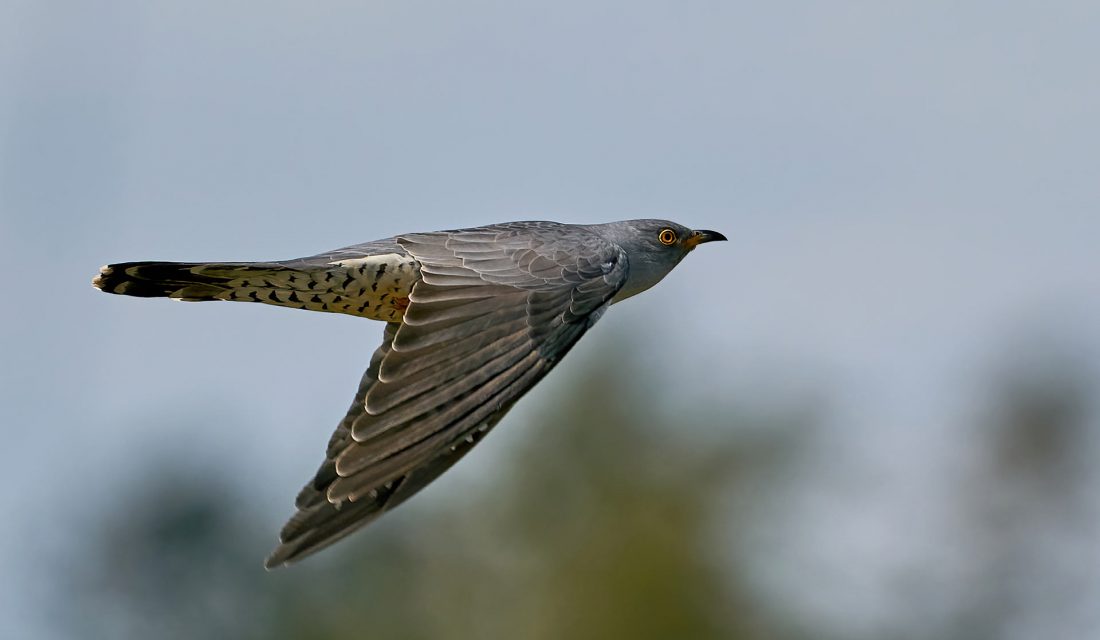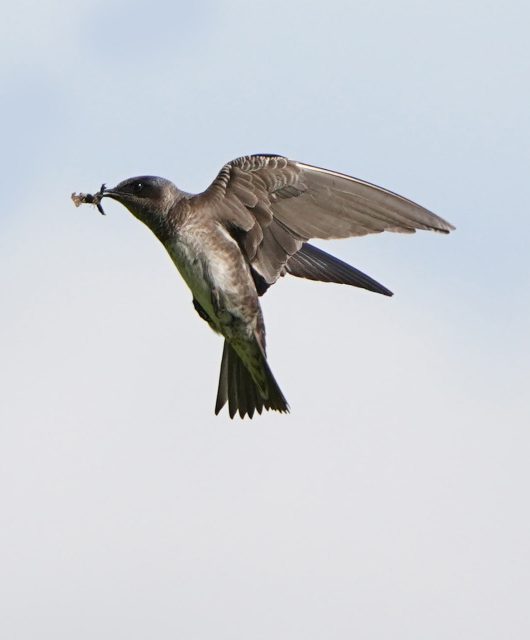From cuckoos to godwits, here’s some record-setting journeys . Thanks to GPS, tracking these and other long-range migratory birds is more detailed than ever
In 2019 a Manx shearwater (Puffinus puffinus), wearing numbered rings placed on its legs by volunteers with the British Trust for Ornithology, set off from its Scottish breeding colony on the Hebridean Isle of Rùm. With a top speed of about 55 kilometres per hour, this common seabird eventually arrived, after a number of stopovers, at the seaside resort of Las Grutas in Argentina. It had travelled an estimated 12,173 km.
While that flight was an impressive feat, the year 2020 saw two migratory birds complete even more mind-boggling journeys, in two very different scenarios. Although bird-banding, or ringing as it is called in Europe, remains a key strategy for monitoring, both of these stories involve the use of tiny, implanted transmitters that can be tracked continuously by satellites.

Onon, a common cuckoo (Cuculus canorus) named after a local river in Mongolia, was fitted with a tiny satellite tag in June 2019 as part of the Mongolia Cuckoo Project, a joint initiative involving Birding Beijing, the Wildlife Science and Conservation Center of Mongolia and the British Trust for Ornithology. Soon after, it left for its winter home in Zambia. The following May, Birding Beijing added a new post on its website: “Onon is home! As of 1530 local time on 27 May 2020 he is in the vicinity of Khurkh Bird Ringing Station … after a round trip of 26,000 km, including 27 border crossings involving 16 countries.” Overcoming high winds while crossing the Indian Ocean, the 130-gram marathoner completed one of the longest migrations ever logged by a landbird. Followed by thousands of online enthusiasts all over the globe, Onon the common cuckoo became an international celebrity.
Also in 2020, a seabird established a new world record. A male bar-tailed godwit (Limosa lapponica) flew all the way from Alaska to New Zealand. Incredibly, the medium-sized wading shorebird made the entire journey without stopping to eat or sleep. The bird left southwestern Alaska on September 16 and arrived 11 days later to alight at a bay near Auckland, New Zealand. Identified by four-colour identification rings and a five-gram GPS tracking tag affixed to its leg, it was monitored by Global Flyway Network, a conservation organization that studies long-distance migrating shorebirds. These fast-flying, lightweight birds, with wingspans of roughly 75 centimetres, breed in the Arctic regions of the Northern Hemisphere and then fly as far as New Zealand and Australia, traversing the Pacific Ocean. Flying at speeds reaching 88 km per hour, this impressive bird flew non-stop for nearly 12,000 km, beating the former record, held by a female bar-tailed godwit since 2007, by almost 500 km.
Beyond the stunning magnitude of these efforts, what is most significant about the close tracking of these two feathered athletes is not just the information on the speed or the distance travelled, but the knowledge gained of the breeding, staging and wintering habitats so vitally critical to the conservation of these bird species and many more like them.

Reprinted from Canadian Wildlife magazine. Get more information or subscribe now! Now on newsstands! Or, get your digital edition today!




